The Real 49ers Were Genocidaires
Who Were the Real 49ers?
Fans of the San Francisco 49ers may feel like their team name is less racist than the “Chiefs,” but given the bloody history of the Gold Rush, they shouldn’t be so smug.
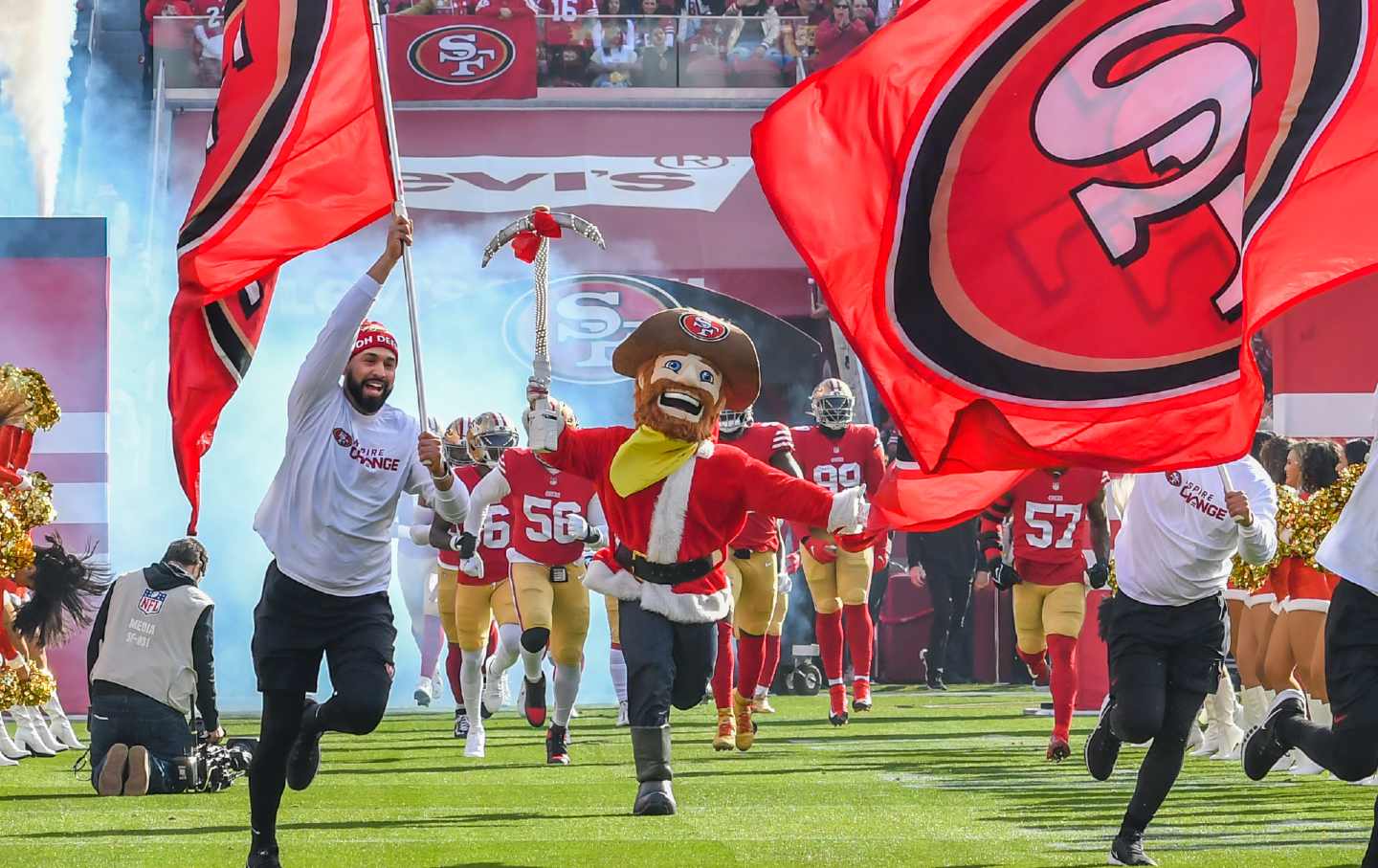
The San Francisco 49ers mascot, Sourdough Sam, leads the team onto the field at the start of the game between the Washington Commanders and the San Francisco 49ers on Saturday, December 24, 2022, in Santa Clara, Calif.
(Douglas Stringer / Icon Sportswire via Getty Images)On Wednesday night, a tall white man wearing a San Francisco 49ers sweater approached me at a bar outside of downtown Santa Fe, N.M. I had my laptop open, and I was pounding away, late on another deadline.
“I agree with you,” he said. The blond-haired, blue-eyed 30-something then pointed at my laptop. I knew he wasn’t referring to my “Decolonize your mind” or “You are on stolen land” stickers. No. He eyed the one with the pseudo–Kansas City Chiefs logo with the words “Nope” emblazoned in the middle. The Kansas City Indian Center had given it to me at the last Super Bowl.
“In this day and age,” he said, “I don’t understand why Native American mascots are still a thing.”
“I agree with you,” I responded. “But the name of the 49ers isn’t doing us any favors either.”
He sat with me for a bit, and listened to my case against San Francisco’s team name, which went something like this…
During Super Bowl LVIII between the Kansas City Chiefs and the San Francisco 49ers, there will again be mawkish tomahawk chops, stereotypical “Oh, oh, oh!” Indian chants, the banging of a massive fake Indian drum with a fake Indian drumstick, and Chiefs fans painted in red-face. This is all obviously racist.
But 49ers die-hards will be sitting nearby in complete ignorance of the brutal history behind their team’s name.
It’s rarely taught in schools, but there was a genocide of Native Americans in California.
The first Spanish mission in California, Mission San Diego de Alcalá, was built in 1769 and founded by a cruel, bloodthirsty priest named Junipero Serra who was infamous for kidnapping, beating, and whipping Indigenous women and children. He would later establish nine of the state’s 21 Spanish Catholic missions and was known to refer to the deaths of Indigenous children as a “harvest.”
Elias Castillo, the author of A Cross of Thorns: The Enslavement of California’s Indians by the Spanish Missions, wrote that Serra would hold the women and children captive and subject them to an “unforgiving regimen that would ultimately claim the lives of 62,000 Indians and devastate their civilizations, including the extinction of a number of small tribes.”
Then, following the Catholic invasion, came the gold-hungry “pioneers.” These white, get-rich-quick prospectors were known as the “49ers,” and tens of thousands of them flooded into California after gold was found at Sutter’s Mill in 1848.
According to anthropologists, in 1769 that area of the Pacific Coast was populated with at least 350,000 Indigenous people. By 1849, following 80 years of massacres, battles, removal, and rampant European diseases unfamiliar to Indigenous immune systems, the number of Indigenous people fell to 150,000. And by 1879, according to The New York Times, the population had fallen to 30,000 people. In one generation, the Indigenous share of California’s population fell from 90 to 1 percent.
Indeed, while the state did essentially everything it could to realize the genocide of the state’s Indigenous people, so did the 49ers themselves. The white prospectors hunted, murdered, and enslaved Natives. They raided tribal outposts, scalped the men, women, and children, and were paid for all the scalps and horses they took.
Thousands of Indigenous children were bought and sold as slaves. California’s governor and the legislature coordinated this attempted extermination of Natives. The state spent millions on bounties and militias to annihilate the original peoples of California. And millions of dollars in the mid-19th century is no small amount. Just $2 million in 1848 is the equivalent of nearly $78 million today.
Popular
“swipe left below to view more authors”Swipe →But Republicans are wont to argue that there’s never been a genocide of Indigenous people anywhere in the United States. In 2012, during a hearing on the genocide of Natives at the Colorado State Capitol, then–state legislator Ellen Roberts said she could not sign on to the resolution because she disagreed with the language.
“When I look up the word ‘exterminate,’ it is to destroy totally,” she argued. “And my problem with this resolution is I thank God that we have not destroyed totally the Native American people. And one of my challenges…is [the] wording; that is as if they are extinct, because they are not.”
But the word “genocide” does not mean “destroyed totally,” according to the word’s creator, Raphael Lemkin. A Polish lawyer who was able to escape Poland when the Nazis invaded in 1939, he said the term is intended “to signify a coordinated plan of different actions aiming at the destruction of essential foundations of the life of national groups, with the aim of annihilating the groups themselves.”
This is a demonstration of what Vine Deloria Jr., the late Lakota scholar and activist, called the act of “deliberate forgetting” in America, posited in his book Red Earth, White Lies. It’s this deliberate forgetting that has allowed so many fans of the red and gold to overlook the team’s name since its founding in 1946.
At the California State Legislature, Assembly member James C. Ramos has introduced a bill that would require the state’s K-12 curriculum to accurately tell the story of the genocide of the state’s first peoples.
“It would require more accurate instruction about the impact of the mission and Gold Rush history on California’s tribes,” Ramos said in a statement. “It’s time for us to stop romanticizing and glorifying eras that almost decimated the state’s Indians.”
Meanwhile, the Super Bowl will go on and so will the dehumanization of Indigenous peoples in the form of racist mascots, which have been shown in peer-reviewed research to harm the mental health and well-being of children. Indeed, having an Indian sports mascot is one of the last old-school racist practices that many Americans of every politics, creed, and color will wholeheartedly get behind for their team. And while the Kansas City Chiefs’ official mascot is a wolf, fans don’t arrive wearing wolf ears; they show up at games and tailgates wearing red-face and faux–chicken feather Indian headdresses.
The irony of all this is that the NFL will emblazon the end zone with the words “End Racism,” and the 49ers faithful will go on not knowing the evil that was done by the actual 49ers. The decent thing for the team to do would be something, anything, that acknowledges the true history of the 49ers. Perhaps the organization could more accurately depict their mascot, Sourdough Sam—transform him from a jolly gold hunter to a hunter of Natives. Then maybe the fans would be forced to confront the dark history of the 49ers.
Disobey authoritarians, support The Nation
Over the past year you’ve read Nation writers like Elie Mystal, Kaveh Akbar, John Nichols, Joan Walsh, Bryce Covert, Dave Zirin, Jeet Heer, Michael T. Klare, Katha Pollitt, Amy Littlefield, Gregg Gonsalves, and Sasha Abramsky take on the Trump family’s corruption, set the record straight about Robert F. Kennedy Jr.’s catastrophic Make America Healthy Again movement, survey the fallout and human cost of the DOGE wrecking ball, anticipate the Supreme Court’s dangerous antidemocratic rulings, and amplify successful tactics of resistance on the streets and in Congress.
We publish these stories because when members of our communities are being abducted, household debt is climbing, and AI data centers are causing water and electricity shortages, we have a duty as journalists to do all we can to inform the public.
In 2026, our aim is to do more than ever before—but we need your support to make that happen.
Through December 31, a generous donor will match all donations up to $75,000. That means that your contribution will be doubled, dollar for dollar. If we hit the full match, we’ll be starting 2026 with $150,000 to invest in the stories that impact real people’s lives—the kinds of stories that billionaire-owned, corporate-backed outlets aren’t covering.
With your support, our team will publish major stories that the president and his allies won’t want you to read. We’ll cover the emerging military-tech industrial complex and matters of war, peace, and surveillance, as well as the affordability crisis, hunger, housing, healthcare, the environment, attacks on reproductive rights, and much more. At the same time, we’ll imagine alternatives to Trumpian rule and uplift efforts to create a better world, here and now.
While your gift has twice the impact, I’m asking you to support The Nation with a donation today. You’ll empower the journalists, editors, and fact-checkers best equipped to hold this authoritarian administration to account.
I hope you won’t miss this moment—donate to The Nation today.
Onward,
Katrina vanden Heuvel
Editor and publisher, The Nation
More from The Nation
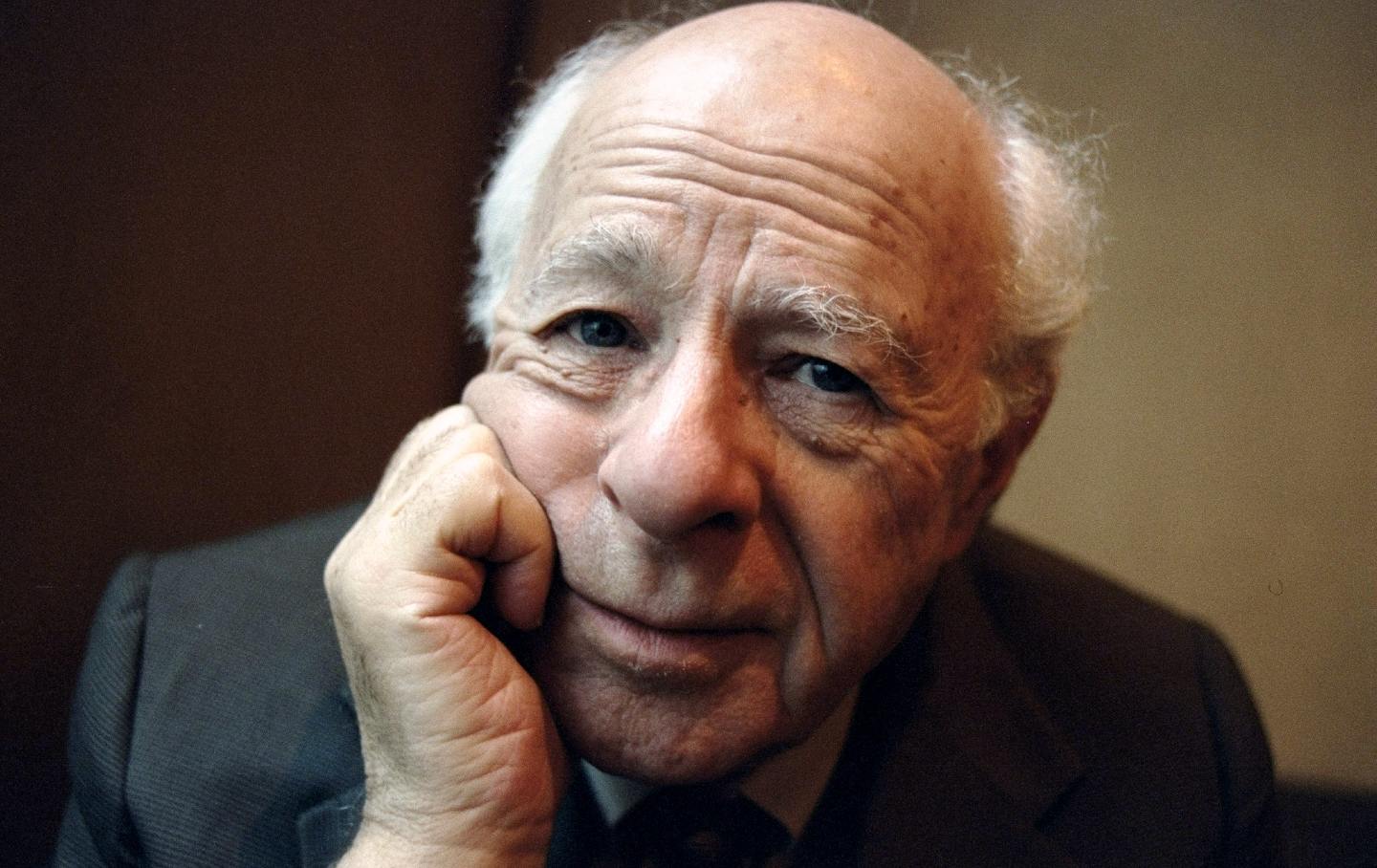
The Longest Journey Is Over The Longest Journey Is Over
With the death of Norman Podhoretz at 95, the transition from New York’s intellectual golden age to the age of grievance and provocation is complete.

Organized Labor at a Crossroads Organized Labor at a Crossroads
How can unions adapt to a new landscape of work?
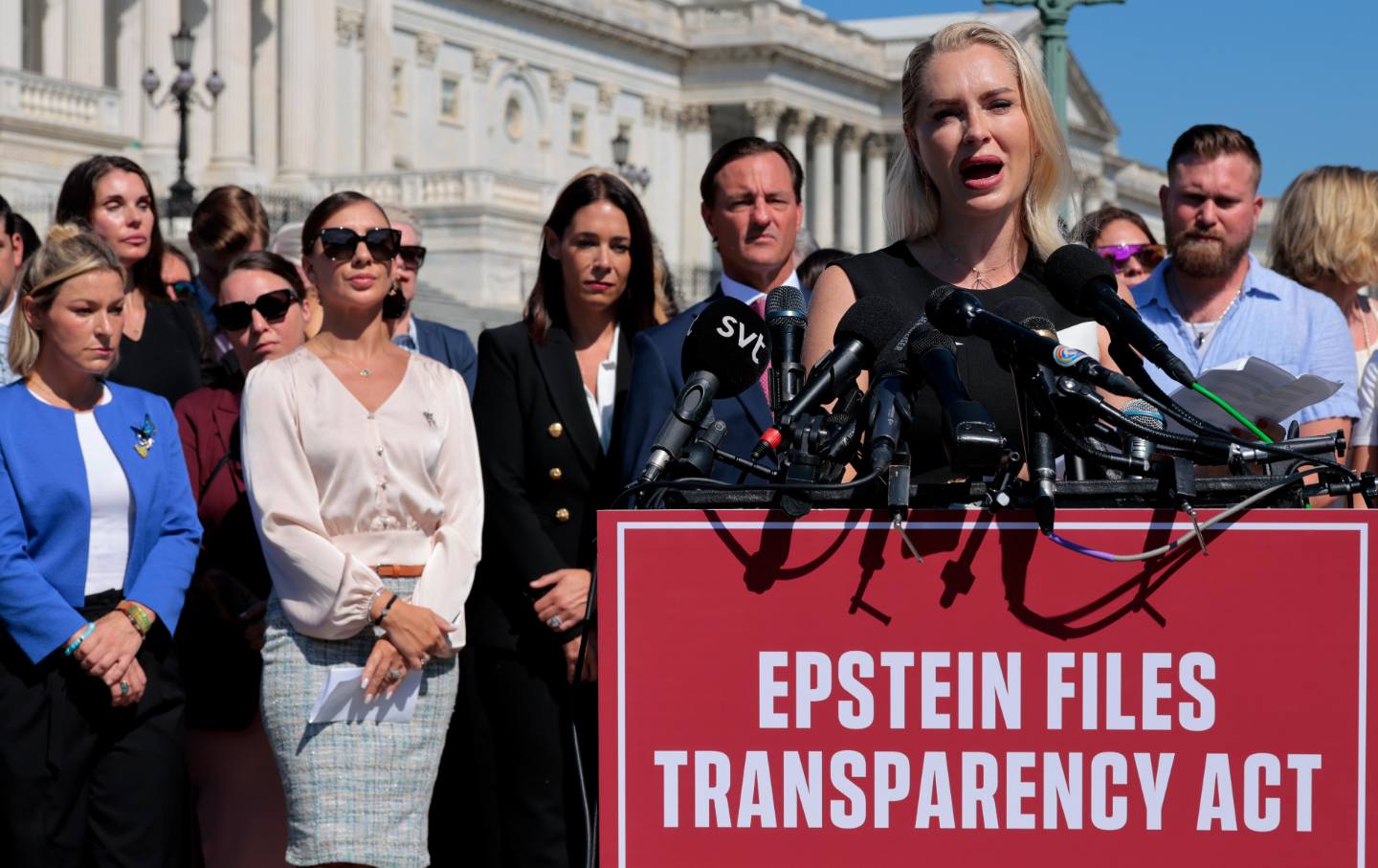
The Epstein Survivors Are Demanding Accountability Now The Epstein Survivors Are Demanding Accountability Now
The passage of the Epstein Files Transparency Act is a big step—but its champions are keeping the pressure on.
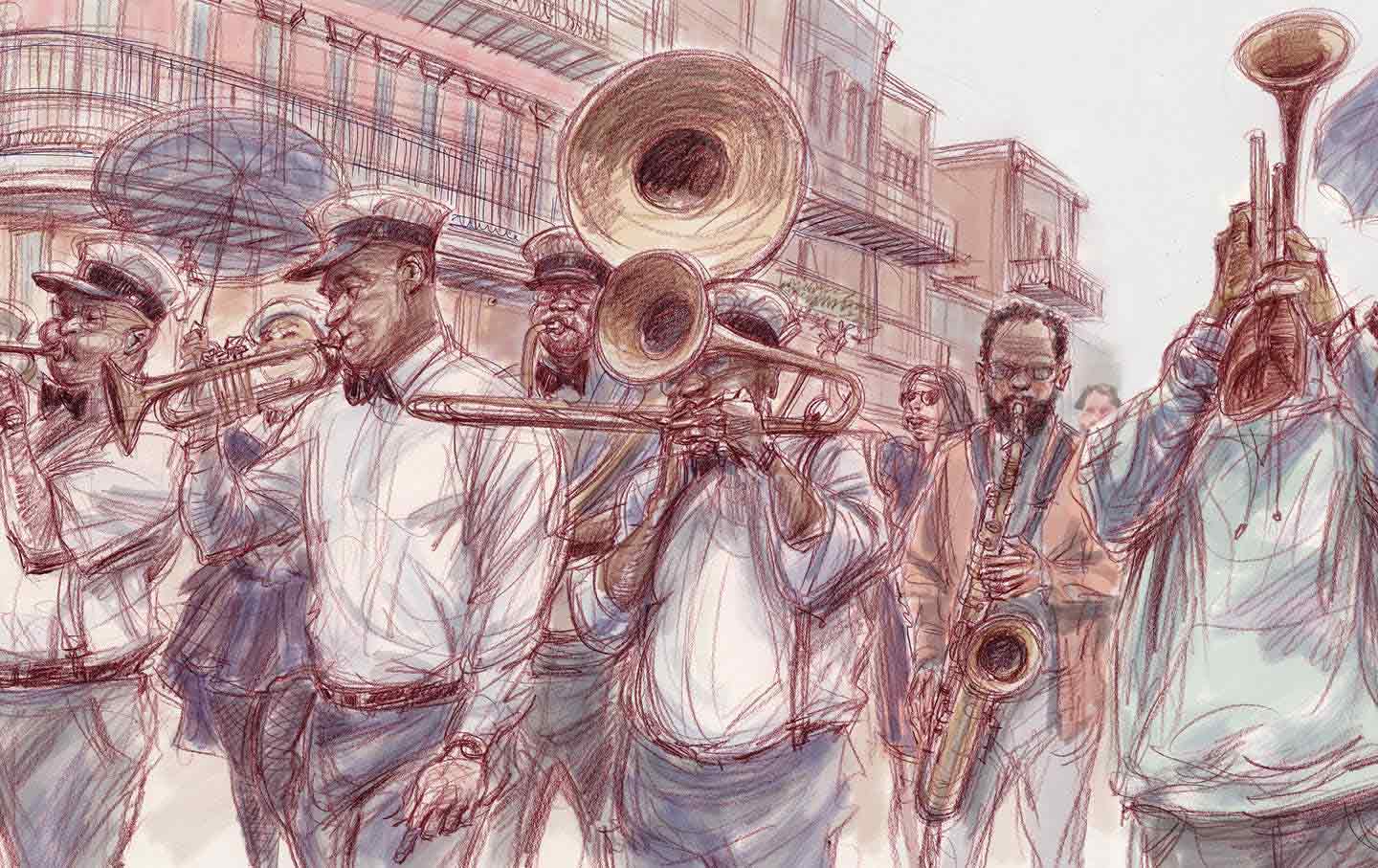
The Fight to Keep New Orleans From Becoming “Everywhere Else” The Fight to Keep New Orleans From Becoming “Everywhere Else”
Twenty years after Katrina, the cultural workers who kept New Orleans alive are demanding not to be pushed aside.

Breaking the LAPD’s Choke Hold Breaking the LAPD’s Choke Hold
How the late-20th-century battles over race and policing in Los Angeles foreshadowed the Trump era.
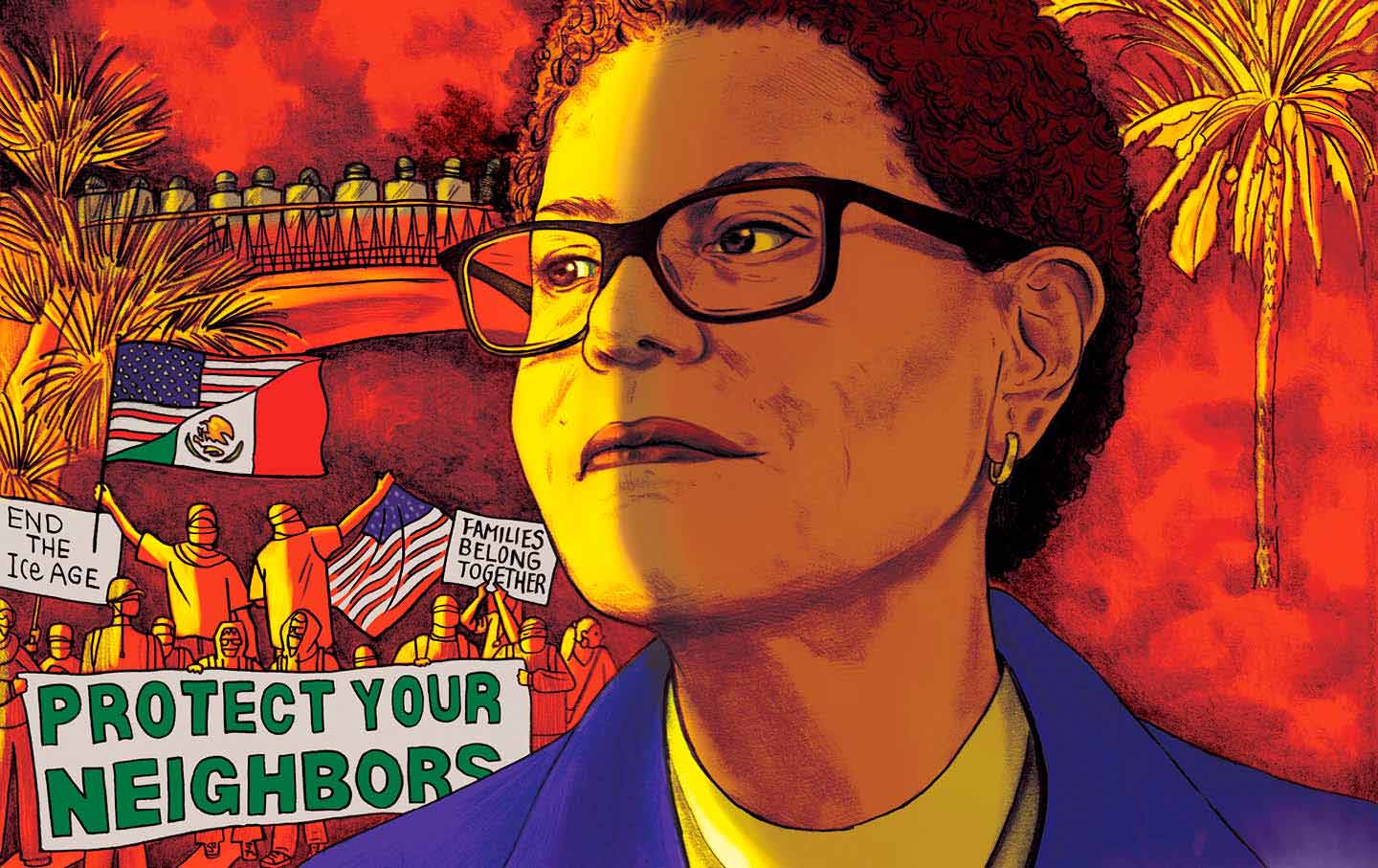
Mayor of LA to America: “Beware!” Mayor of LA to America: “Beware!”
Trump has made Los Angeles a testing ground for military intervention on our streets. Mayor Karen Bass says her city has become an example for how to fight back.


